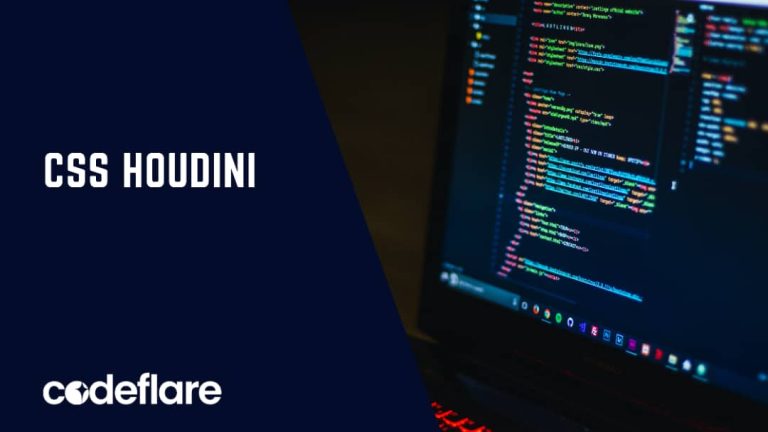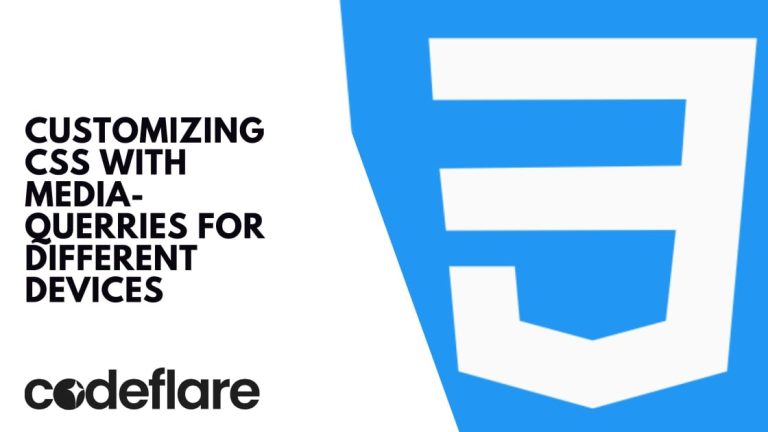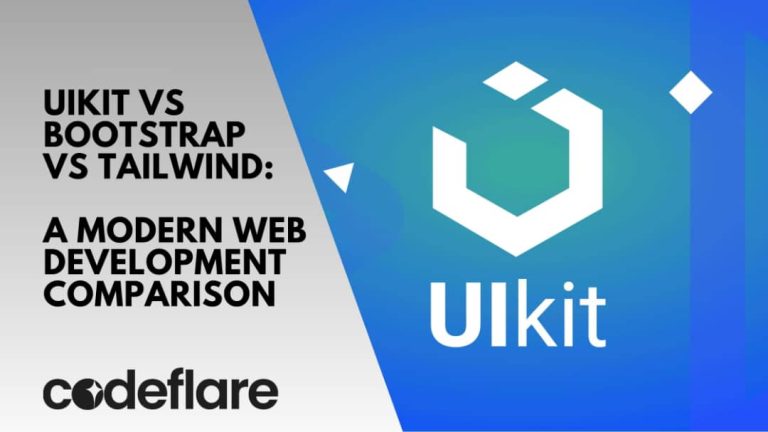
CSS is a vital part of web development, responsible for the look and feel of websites. However, as web projects grow in complexity, managing CSS can become more difficult. This is where CSS preprocessors, such as Less and Sass, come into play. These preprocessors extend the capabilities of standard CSS by offering features like variables, nesting, mixins, and more, allowing developers to write cleaner, more efficient code. In this article, we’ll explore the advantages of using CSS preprocessors Less and Sass and how they can improve your web development workflow.
1. What are CSS Preprocessors?
CSS preprocessors act as an intermediary between the code you write and the final CSS that is rendered by the browser. They introduce programming concepts like variables, functions, and reusable code blocks (mixins) to CSS, making it more dynamic and flexible.
Two of the most popular preprocessors are Less and Sass:
- Less (Leaner Style Sheets) was developed to simplify CSS by adding variables, mixins, and functions. It is often used in smaller projects due to its simplicity and ease of use.
- Sass (Syntactically Awesome Stylesheets) is a more powerful preprocessor with additional features such as nesting and partials. Sass is widely adopted in larger, more complex projects due to its scalability.
2. Key Advantages of Using Less and Sass
2.1 Variables
CSS preprocessors allow developers to define variables, making it easier to maintain consistent values across stylesheets. For example, instead of hardcoding a color multiple times, you can store the color in a variable and reuse it. If you need to change the color later, updating the variable automatically applies the change throughout your code.
Example:
$primary-color: #3498db;
body {
background-color: $primary-color;
}
This makes your stylesheets much more maintainable, especially for large projects where consistency is key.
2.2 Nesting
Nesting in preprocessors allows you to nest CSS rules inside one another, mimicking the HTML structure. This improves readability and reduces redundancy, allowing you to define styles in a hierarchical manner.
Example:
nav {
ul {
margin: 0;
padding: 0;
list-style: none;
li {
display: inline-block;
}
}
}
With nesting, your code reflects the structure of your HTML, making it more intuitive and organized.
2.3 Mixins
Mixins in preprocessors allow you to create reusable blocks of code that can be used across multiple selectors. This is especially useful for applying common styles or complex CSS rules that you want to use throughout your project.
Example:
@mixin box-shadow($x, $y, $blur, $color) {
-webkit-box-shadow: $x $y $blur $color;
-moz-box-shadow: $x $y $blur $color;
box-shadow: $x $y $blur $color;
}
.card {
@include box-shadow(0px, 2px, 10px, rgba(0,0,0,0.2));
}
With mixins, you can reuse code, ensuring consistency and reducing repetition across your stylesheets.
2.4 Partials and Importing
Sass and Less also support partials and importing, allowing you to break down large stylesheets into smaller, more manageable files. This modular approach improves organization, making it easier to maintain and update specific sections of your stylesheets.
Example:
// In _header.scss
.header {
background-color: $primary-color;
}
// In main.scss
@import 'header';
Partials help structure your stylesheets logically and keep your codebase clean, especially in large projects.
2.5 Functions and Operations
Both Less and Sass support basic math operations and custom functions, allowing you to perform calculations directly in your CSS. This is useful for setting properties like widths, margins, and paddings dynamically.
Example:
$base-font-size: 16px;
body {
font-size: $base-font-size * 1.5; // Output: 24px
}
This feature eliminates the need for repetitive calculations and enhances the flexibility of your stylesheets.
3. Why Choose Between Less and Sass?
Both Less and Sass have their own merits, and the choice depends largely on your project requirements. Here’s a comparison:
- Sass: Ideal for large, complex projects where scalability and advanced features like partials, nesting, and mixins are essential. Sass also has broader community support, making it easier to find resources and documentation.
- Less: Perfect for smaller projects where simplicity and ease of use are prioritized. Less is also easier to get started with, making it a good choice for beginners.
4. How Preprocessors Improve Your Workflow
By incorporating features like variables, mixins, and functions, preprocessors allow developers to write more DRY (Don’t Repeat Yourself) code, reducing redundancy and simplifying updates. They also help streamline collaboration among teams, as code is more readable, organized, and consistent.
With preprocessors, developers can focus more on designing and refining their web applications rather than getting bogged down in repetitive or cumbersome CSS tasks. Additionally, preprocessing tools can be integrated with build systems like Gulp or Webpack, further automating the workflow.
5. Conclusion
Using CSS preprocessors Less and Sass advantages can significantly enhance your web development process by introducing powerful features that improve code maintainability, scalability, and efficiency. Whether you’re a beginner looking to simplify your CSS or an experienced developer managing large projects, CSS preprocessors Less and Sass advantages will help you write better, more manageable stylesheets.
The Important of Version Control in Web Development






